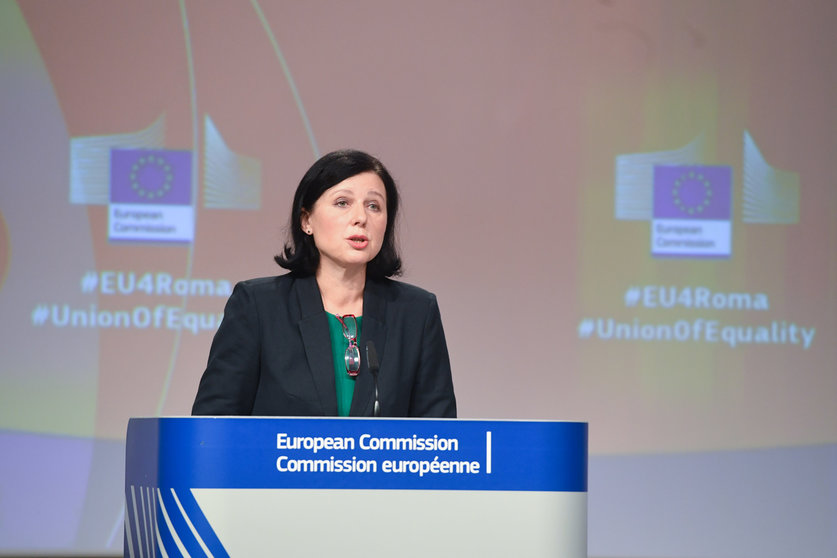The European Union's executive branch wants to improve the lives of its Roma community with a new strategy tackling persistent discrimination, unemployment, poverty and below-average life expectancy.
"I want to be blunt. Over the last 10 years we have not done enough to support the Roma population in the EU. This is inexcusable," EU Values and Transparency Commissioner Vera Jourova said on Wednesday presenting the new strategy.
85% of Roma children are at risk of poverty, compared to 20% in the general EU population, according to European Commission figures. Young Roma people are six times more likely than their non-Roma counterparts to be unemployed.
By 2030, the commission wants the number of Roma people experiencing discrimination to halve, as well as cutting the poverty gap and the close-to-10-year life expectancy gap with the rest of the population by half.
Policies enacted by member states are key to progress, the commission stressed. The EU's 6-million-strong Roma population is concentrated in around a dozen countries, notably in Bulgaria, Hungary and Romania. In Finland there are an estimated 10,000 – 12,000 Roma and about 3,000 Finnish Roma live in Sweden, according to EU figures.
Support
Brussels' strategy recommends national measures on support for Roma victims of discrimination, cultural and historical awareness campaigns in schools, financial literacy, health care and family planning.
Not enough progress has been made on goals previously set by the EU, Jourova said, despite 21.5 billion euros (25.2 billion dollars) spent to promote Roma integration between 2014 and 2020.
Racist anti-Roma attitudes continue to be rife among the rest of the population, she added.











